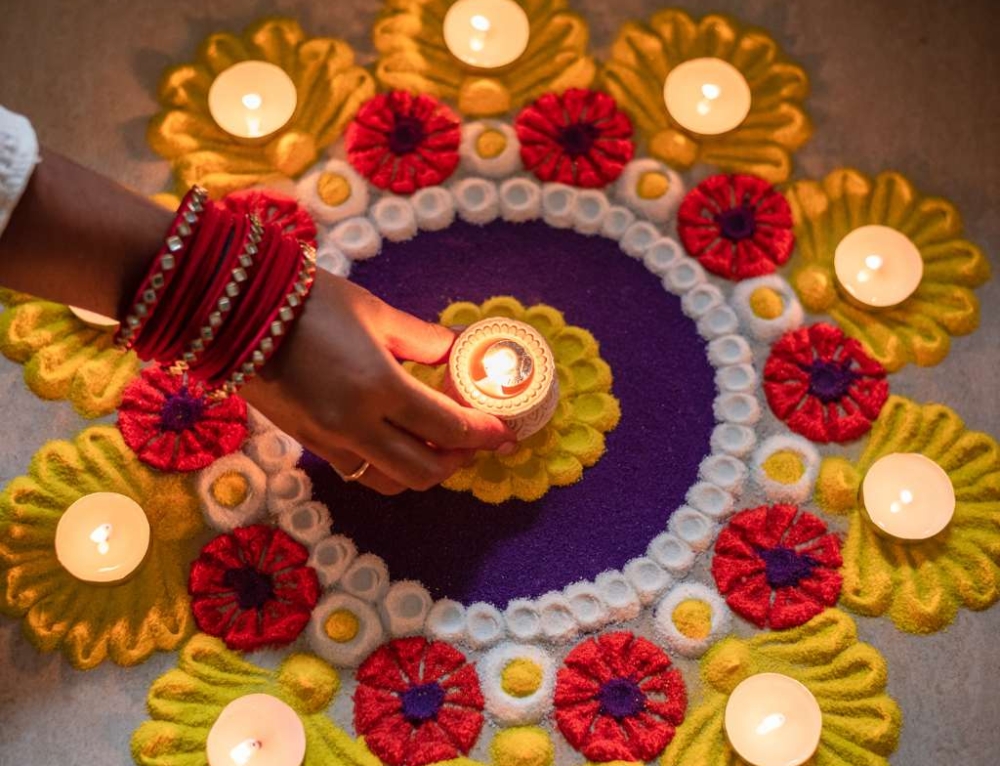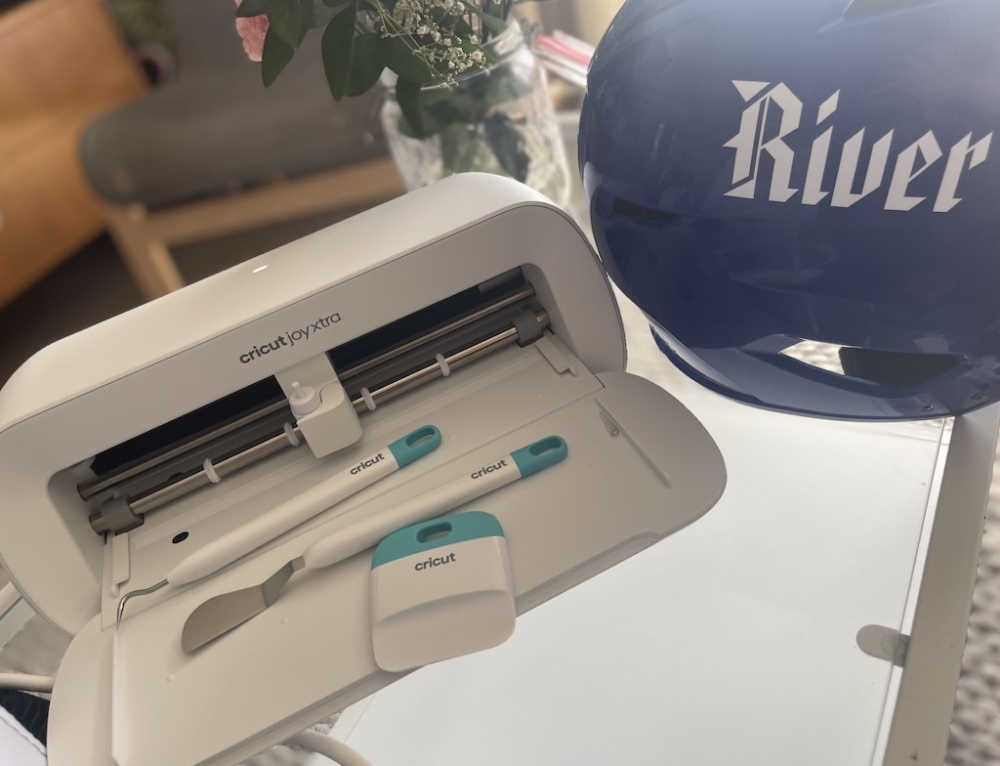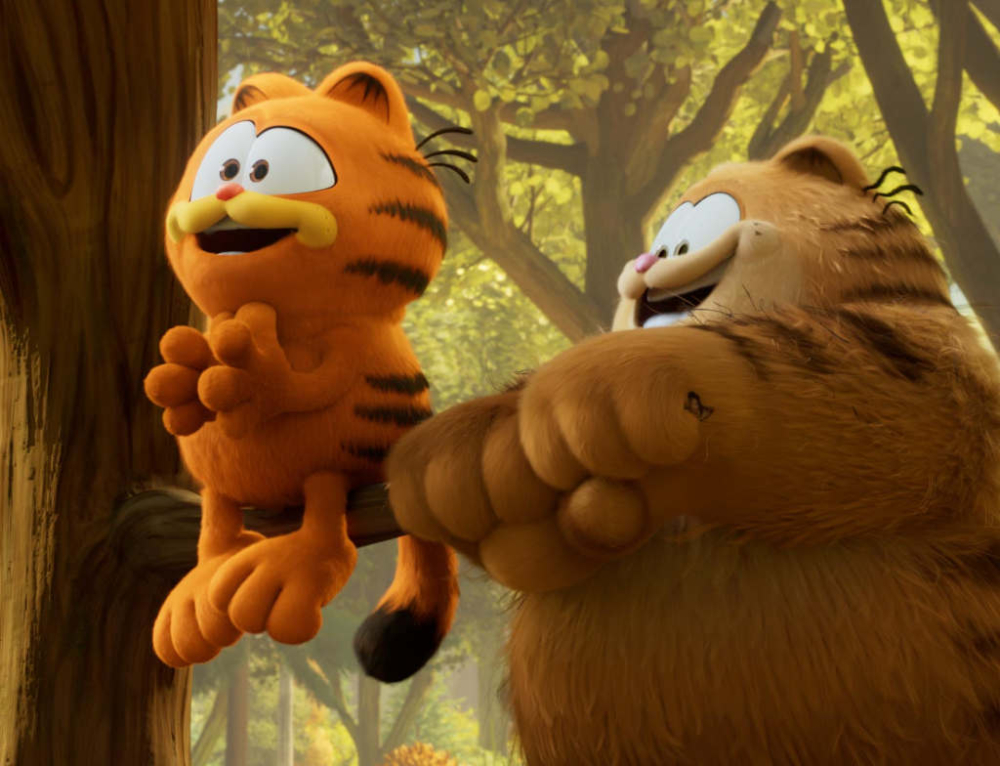Card games are a wonderful way to get kids having fun whilst learning. In fact, they may be having so much fun that they don’t realise it’s educational!
Developing skills like counting, pattern-recognition, problem-solving, turn-taking, and focus can all be enhanced with a simple card game.
Here are some of our favourite card games for kids.
Go Fish
Number of players: 2+
Deck to use: Full, standard deck without the joker(s)
How to play:
The dealer hands out five cards to each player. The remaining cards are placed face down in the middle of play (the fishing pile).
If a player has two cards of the same number in their hand, they pair them up and place them face down beside them. The person to the left of the dealer then begins play. Play continues in a clockwise direction. On their turn, a player asks any other player for a card to complete a pair in their own hand. For instance, they may have an Ace, so they ask, “Mum, do you have an Ace?”. If that person has the requested card they hand it over. The player having their turn completes a pair and places it face down beside them. They then continue to ask any other player for another card, and so on. If the person approached for a card does not have the card that was requested they say, “Go Fish!”. The player who’s turn it is then picks up a card from the fishing pile and the next player to the left begins their turn. If a player runs out of card, they can pick up a card from the fishing pile and continue their turn.
Who wins? Once all of the cards have been paired up, whoever has the most pairs wins.
War
Number of players: 2
Deck to use: Full, standard deck without the joker(s)
How to play:
The whole deck is dealt out to the two players (26 cards each). Do not look at the cards, keep them face down in your hand. Both players begin play by putting the first card from their hand face up in the middle of the table for a battle. Whoever has the highest card wins that battle. Aces are the highest, twos are the lowest, and suits don’t matter. The battle winner takes both cards and puts them at the bottom of the stack in their hand. Play continues like this. If both cards are the same (ie two eights, or two Jacks), then it’s War! Each player puts in a forfeit card (the number on the forfeit card doesn’t matter). Then each player puts down a new battle card. Whoever plays the highest battle card (after the forfeit) is the winner of that War and takes all of the cards (six of them). If the second battle cards are the same, players must forfeit another card and then battle again for the twelve cards!
Who wins? Whoever gets all of the cards in their hand is the winner. However, War can be very long to play! We tend to set a time limit and if no one has won by that time we count up the cards to see who has the most.
Memory game
Players: 1+
Deck to use: Full, standard deck excluding joker(s). For younger kids you may want to reduce the amount of cards you use – just make sure every card has a match to make a pair.
How to play:
Shuffle the cards and lay them out on the table or floor in a grid pattern. The first player turns over one card, then another card, from anywhere in the grid, leaving them face up for all players to see. If the cards are the same number, then the player takes both cards and places them face down beside them as a pair and has another turn. If the cards are different numbers, both cards are turned face down and play continues to the next player. They turn over a card anywhere in the grid. If it matches something they have seen before they can try and remember where the card was and turn over one more card. If they match they take the pair and have another turn. If the cards don’t match, both cards are turned face down and play moves to the next player
Who wins? When all cards have been matched, count up who has the most. This game can also be played solo to test memory skills (or even time it to see if they can beat their prevoius best).
Last card
Number of players: 2+
Deck to use: Usually the full, standard deck without the joker(s). However, to turn things up a notch, we use a bunch of cards made up from part-decks so you never really know how many fives you’re going to get landed with!
How to play:
Deal seven cards to each player and place the remaining cards in a pile face down in the middle of the table. Turn over the top card and place it beside the pile. The player to the left of the dealer then chooses on or more cards to put on the face up card. Cards can be played that match either the number or the suit and multiple cards of the same number can be played together. For instance, if the face up card is the Queen of Hearts, the player can play any Queen or Queens that they hold, ie Queen of Clubs and Queen of Spades could be played together. Or they could instead play any Heart card as well as any cards that match the number on that Heart card, ie Three of Hearts and the Three of Clubs. The Three of Hearts would be played first to match the suit and then any other threes in any order they wish. Play then continues around the table. If a player can not play a card to match a suit or number they pick up one card from the face down pile and they do not put down a card. Play moves to the next player. Some cards have special abilities:
- Ace – Aces are wild cards that can be played on any suit or number (and you can play multiple Aces at a time). They can not be played on twos or fives (see below). When you play an Ace you can nominate the suit that the next player must play.
- Two – When you play a two, say “Pick up 2” and the player to the left must pick up two cards from the face down pile as their turn – unless they can also put down a two in which case the next player must pick up four. Any number of twos can be played in sequence and more than one two can be played at a time, so whoever is at the end of the line of twos may have to pick up quite a bit.
- Five – Fives work the same was as twos above, just say “Pick up 5”.
- Ten – When a ten is played the next player misses their turn. If two tens are played together, two people miss their turn, etc.
- Jack – When a jack is played, the play reverses and goes anti-clockwise. When another jack is played, it turns back to clockwise, and so on.
When a player has their turn and is left with one card in their hand (or two or more cards that are the same number), they must say, “Last Card” immediately. If play comes around and they are the first to play their Last Card(s) then they are the winner. If they failed to say “Last Card” they must pick up a card and play continues.
Pig
Number of players: 2-4
Deck to use: Full, standard deck without the joker(s) but see instructions on what to discard
How to play:
Speed
Number of players: 2
Deck to use: Full, standard deck without the joker(s)
How to play:
What are your favourite card games to play with the kids?
See more:
 Written by Julie Scanlon
Written by Julie Scanlon
Julie is Editor for Kidspot NZ and our MVP. Her hobbies include laughing uncontrollably at her own jokes, annoying her family by asking questions about movie plots, and never taking anything too seriously. She speaks a little Spanish and a lot of Yorkshire.
Favourite motto to live by: “It ain’t nothing but a thing”







Leave A Comment
You must be logged in to post a comment.